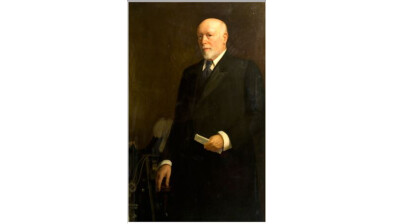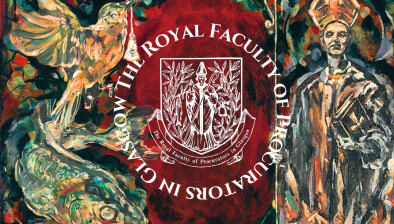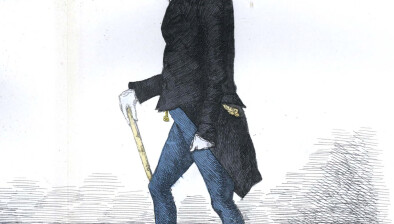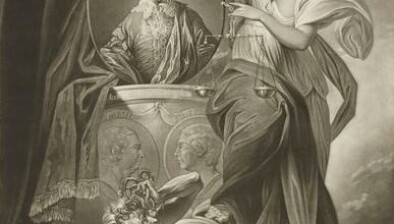Our Legal Heritage: Major Allan Ker – the Scottish lawyer who won the VC
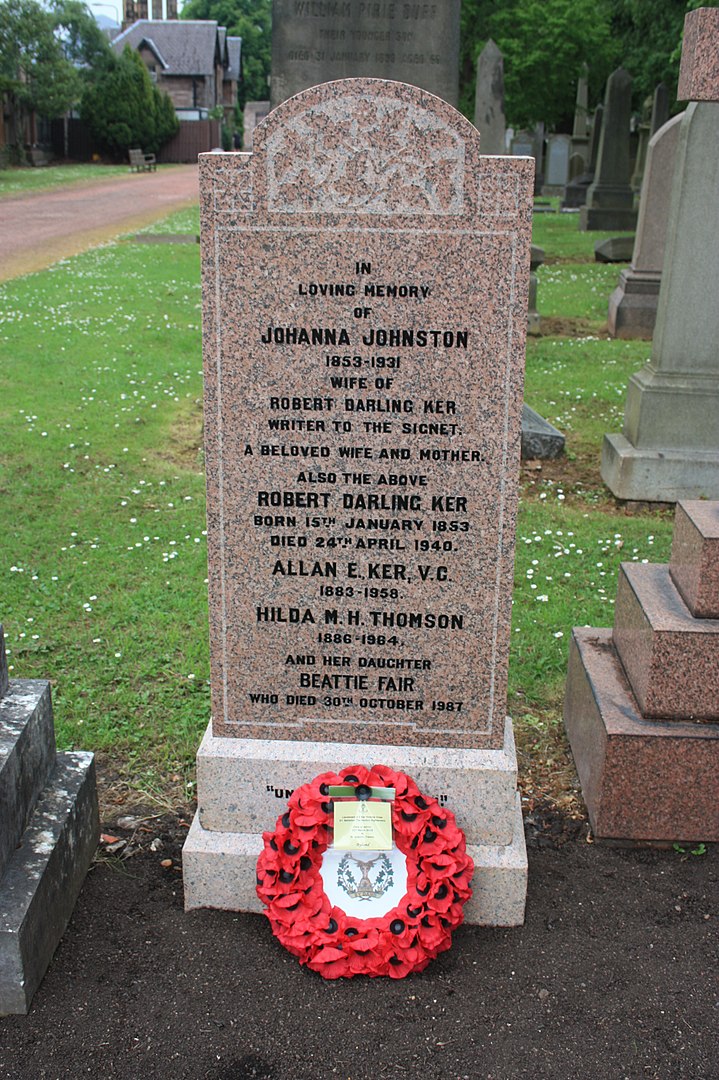
Credit: Stephencdickson - CC BY-SA 4.0
A legal job can be stressful in many ways at the best of times. Allan Ker WS, however, had a very difficult time that is unlikely to have been matched by many others in the profession although some of his contemporaries would doubtless understand the difficulties.
Allan Ebenezer Ker was born in Edinburgh in 1883, the son of a Writer to the Signet. The family lived in Findhorn Place, in the Grange area of Edinburgh. Ker attended Edinburgh Academy and the University of Edinburgh. He was apprenticed to his father and on qualifying he began practising in partnership with his father in the firm of R.D. Ker and Ker WS at 5 George Street, Edinburgh.
In 1908 Ker had joined the Territorials so he had military experience prior to the Great War. In 1914 he had gone to Aberdeen to settle the estate of a cousin who had been killed in the first weeks of the First World War while serving as an officer in the Gordon Highlanders. While in the North-East, Ker seems to have been persuaded to join the same regiment.
In the course of the following military service Ker was attached to the Machine Gun Corps and there had sustained experience of front-line action.
The London Gazette describes in the citation the action that led to the award of the Victoria Cross:
“On the 21st March, 1918, near St. Quentin, after a very heavy bombardment, the enemy penetrated our line, and the flank of the 61st Division became exposed. Lieutenant Ker with one Vickers gun succeeded in engaging the enemy’s infantry, approaching under cover of dead ground, and held up the attack, inflicting many casualties. He then sent back word to his Battalion Headquarters that he had determined to stop with his Sergeant and several men who had been badly wounded and fight until a counter-attack could be launched to relieve him. Just as ammunition failed his party were attacked from behind by the enemy with bombs, machine guns, and with the bayonet. Several bayonet attacks were delivered, but each time they were repulsed by Lieutenant Ker and his companions with their revolvers, the Vickers’ gun having by this time been destroyed.
“The wounded were collected into a small shelter, and it was decided to defend them to the last and to hold up the enemy as long as possible. In one of the many hand-to-hand encounters a German rifle and bayonet and a small supply of ammunition was secured, and subsequently used with good effect against the enemy. Although Lieutenant Ker was very exhausted from want of food and gas poisoning and from the supreme exertions, he had made during ten hours of the most severe bombardment, fighting, and attending to the wounded, he refused to surrender until all his ammunition was exhausted and his position was rushed by large numbers of the enemy. His behaviour throughout the day was absolutely cool and fearless, and by his determination he was materially instrumental in engaging and holding up for three hours more than 500 of the enemy.”
After being captured, Ker spent the remainder of the conflict as a prisoner of war, fortuitously and unlike many others, for only a few months, as he was released in December 1918. He was gazetted for the Victoria Cross on 4 September 1919 and was presented with the medal personally by King George V at Buckingham Palace on 26 November 1919.
The British Army was able to post Ker, as a qualified solicitor, to the staff of the Judge Advocate General’s Department, which had administrative responsibility for the court martial system. He left the army in 1922 and returned to legal practice. In 1940, however, Ker was recalled for the Second World War. He served on the Directorate of the Chief of the Imperial Staff at the War Office and attended the Potsdam Conference in July and August 1945. He died at New Garden Hospital in Hampstead, north London, in September 1958 aged 75. He is buried in West Hampstead Cemetery.







